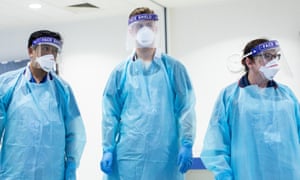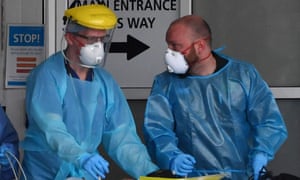The US shipped millions of masks to China earlier this year, despite warnings from experts that a pandemic was about to hit
In the first two months of 2020, US manufacturers exported roughly $17.6 million in face masks and other vital medical supplies, according to a Washington Post analysis of customs data.
The Post reported that during those months, White House national security staff received briefings that a pandemic was looming and that coronavirus would not remain contained in China.
The US has since suffered major shortages of protective items for frontline health care workers and first responders, many of whom ration or reuse their masks.
The US shipped millions of masks to China earlier this year, despite warnings from experts that a pandemic was about to hit
Michelle Mark BUSINESS INSIDER 4/18/2020
Boxes of N95 masks and Personal Protective Equipment (PPE) donated by Joe Tsai, co-founder and executive vice chairman of Alibaba Group, are stacked outside Kingsbrook Jewish Medical Center during the outbreak of the coronavirus disease (COVID-19) in the Brooklyn borough of New York, U.S., April 8, 2020. Reuters/Brendan McDermidThe US government reportedly encouraged manufacturers to ship millions of face masks and other protective items to China in January and February, despite warnings that the US would need them.
In the first two months of 2020, US manufacturers exported roughly $17.6 million in face masks and other vital medical supplies, according to a Washington Post analysis of customs data.
The Post reported that during those months, White House national security staff received briefings that a pandemic was looming and that coronavirus would not remain contained in China.
The US has since suffered major shortages of protective items for frontline health care workers and first responders, many of whom ration or reuse their masks.
American manufacturers were encouraged by the federal government to ship millions of masks and other medical supplies to China this year, despite warnings that those items would soon be necessary, The Washington Post reported Saturday.
The US has for weeks suffered major shortages of protective items for frontline health care workers and first responders treating coronavirus patients. Meanwhile, hospitals and local US governments have reported major delays in receiving shipments of those products from China.
Doctors and nurses have reported widespread rationing and reusing of masks and other protective items, exposing them to increased risk of coronavirus transmission.
In January and February of 2020, US manufacturers exported roughly $17.6 million in face masks and other vital medical supplies, according to a Post analysis of customs data.
That's a 1,000% increase from the same period last year, where exporters shipped $1.4 million worth of the products, according to The Post.
At the start of 2020 the SNS had barely 1% of the N95 masks that healthcare workers are expected to need during the coronavirus pandemic. Mike Segar/ReutersThe Post reported that during those months, White House national security staff received briefings that a pandemic was looming and that coronavirus would not remain contained in China.
"Instead of taking steps to prepare, they ignored the advice of one expert after another," said Democratic Rep. Lloyd Doggett of Texas told The Post. "People right now, as we speak, are dying because there have been inadequate supplies of PPE."
The Trump administration has shunted the blame for the lack of masks to China, saying the country bought up masks and PPE from across the world, causing shortages, and tried to cover up the extent of the outbreak, thereby delaying the US response.
White House trade policy adviser Peter Navarro told The Post that "America and the world lost a full six weeks of preparation to the [Chinese Communist Party's] deadly silence, a time during which the Wuhan virus might well have been put quickly back into its lethal bottle."
"Instead of taking steps to prepare, they ignored the advice of one expert after another," said Democratic Rep. Lloyd Doggett of Texas told The Post. "People right now, as we speak, are dying because there have been inadequate supplies of PPE."
The Trump administration has shunted the blame for the lack of masks to China, saying the country bought up masks and PPE from across the world, causing shortages, and tried to cover up the extent of the outbreak, thereby delaying the US response.
White House trade policy adviser Peter Navarro told The Post that "America and the world lost a full six weeks of preparation to the [Chinese Communist Party's] deadly silence, a time during which the Wuhan virus might well have been put quickly back into its lethal bottle."
Damning Washington Post report reveals how America’s PPE crisis resulted from Trump’s coronavirus failures
April 18, 2020 By Bob Brigham
Blunders by the Trump administration resulted in American companies shipping massive amounts of Personal Protective Equipment (PPE) to China during the early days of the COVID-19 pandemic.
“U.S. manufacturers shipped millions of dollars of face masks and other protective medical equipment to China in January and February with encouragement from the federal government, a Washington Post review of economic data and internal government documents has found. The move underscores the Trump administration’s failure to recognize and prepare for the growing pandemic threat,” the newspaper reported on Saturday.
“In those two months, the value of protective masks and related items exported from the United States to China grew more than 1,000 percent compared with the same time last year — from $1.4 million to about $17.6 million, according to a Post analysis of customs categories which, according to research by Public Citizen, contain key PPE. Similarly, shipments of ventilators and protective garments jumped by triple digits,” the newsppaer explained.
“On Feb. 26 — when total deaths had reached 2,770, nearly all in China — the Commerce Department published a flier titled “CS China COVID Procurement Service,” guiding American firms on how to sell “critical medical products” to China and Hong Kong through Beijing’s fast-tracked sales process,” The Post reported.
The flier was obtained by Rep. Lloyd Doggett (D-TX).
“Instead of taking steps to prepare, they ignored the advice of one expert after another,” Doggett said. “People right now, as we speak, are dying because there have been inadequate supplies of PPE.”
Blunders by the Trump administration resulted in American companies shipping massive amounts of Personal Protective Equipment (PPE) to China during the early days of the COVID-19 pandemic.
“U.S. manufacturers shipped millions of dollars of face masks and other protective medical equipment to China in January and February with encouragement from the federal government, a Washington Post review of economic data and internal government documents has found. The move underscores the Trump administration’s failure to recognize and prepare for the growing pandemic threat,” the newspaper reported on Saturday.
“In those two months, the value of protective masks and related items exported from the United States to China grew more than 1,000 percent compared with the same time last year — from $1.4 million to about $17.6 million, according to a Post analysis of customs categories which, according to research by Public Citizen, contain key PPE. Similarly, shipments of ventilators and protective garments jumped by triple digits,” the newsppaer explained.
Trump’s administration even published a flier guiding businesses on selling PPE to China.
“On Feb. 26 — when total deaths had reached 2,770, nearly all in China — the Commerce Department published a flier titled “CS China COVID Procurement Service,” guiding American firms on how to sell “critical medical products” to China and Hong Kong through Beijing’s fast-tracked sales process,” The Post reported.
The flier was obtained by Rep. Lloyd Doggett (D-TX).
“Instead of taking steps to prepare, they ignored the advice of one expert after another,” Doggett said. “People right now, as we speak, are dying because there have been inadequate supplies of PPE.”


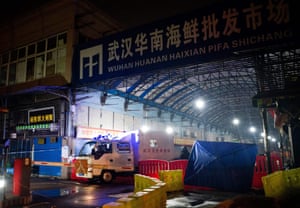


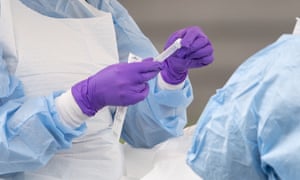



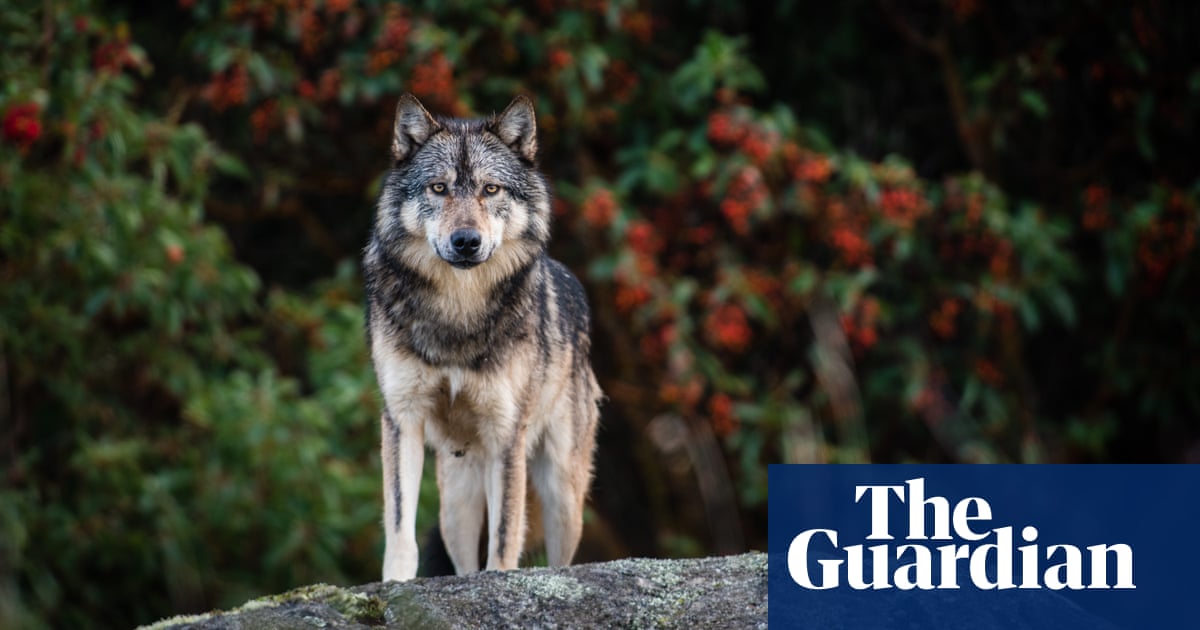
.png)









